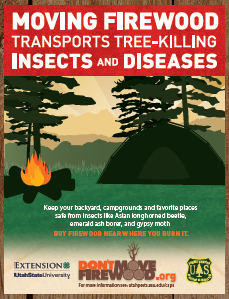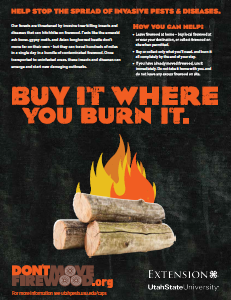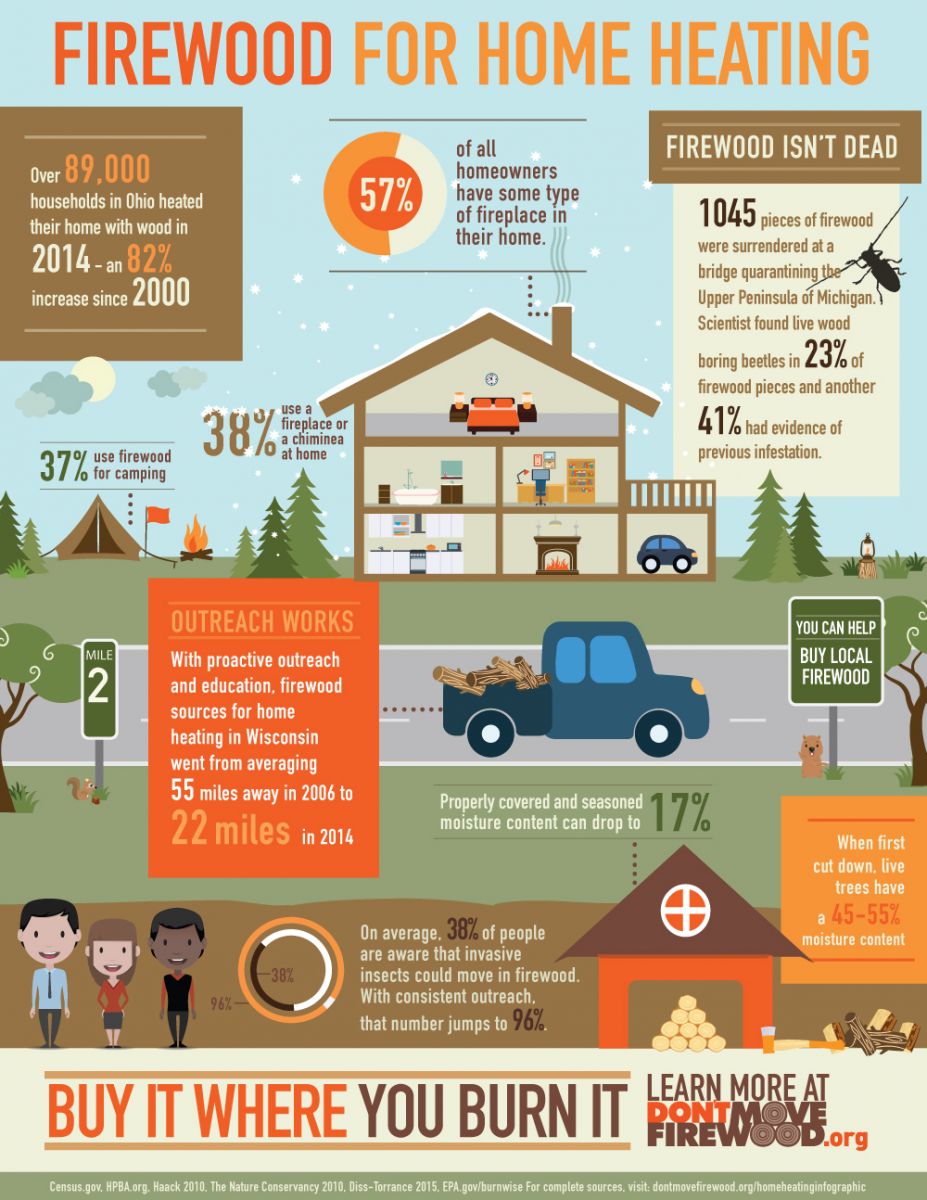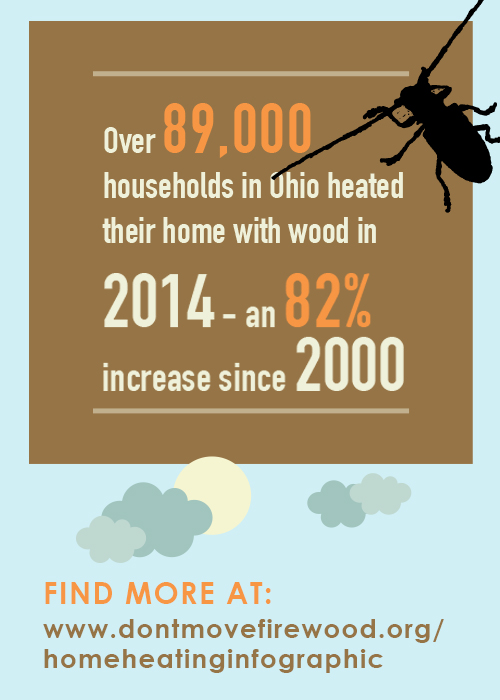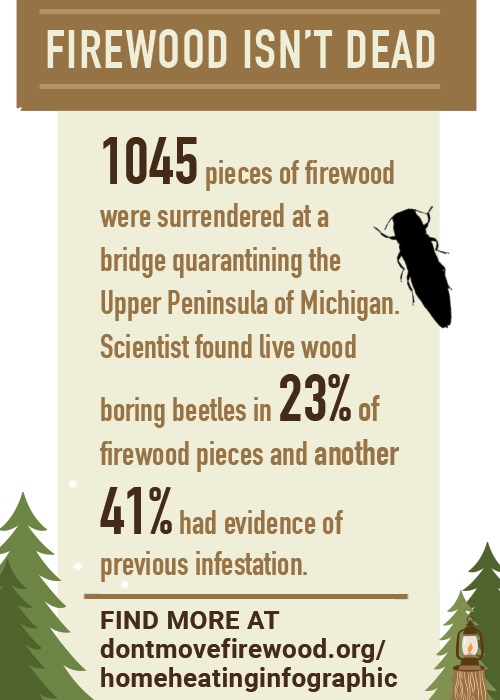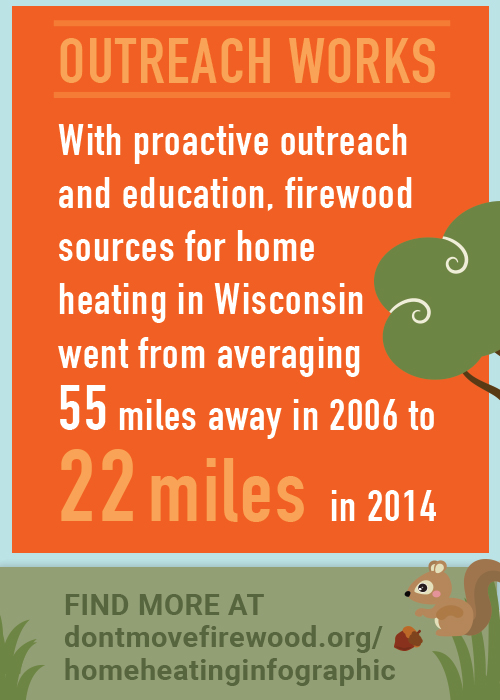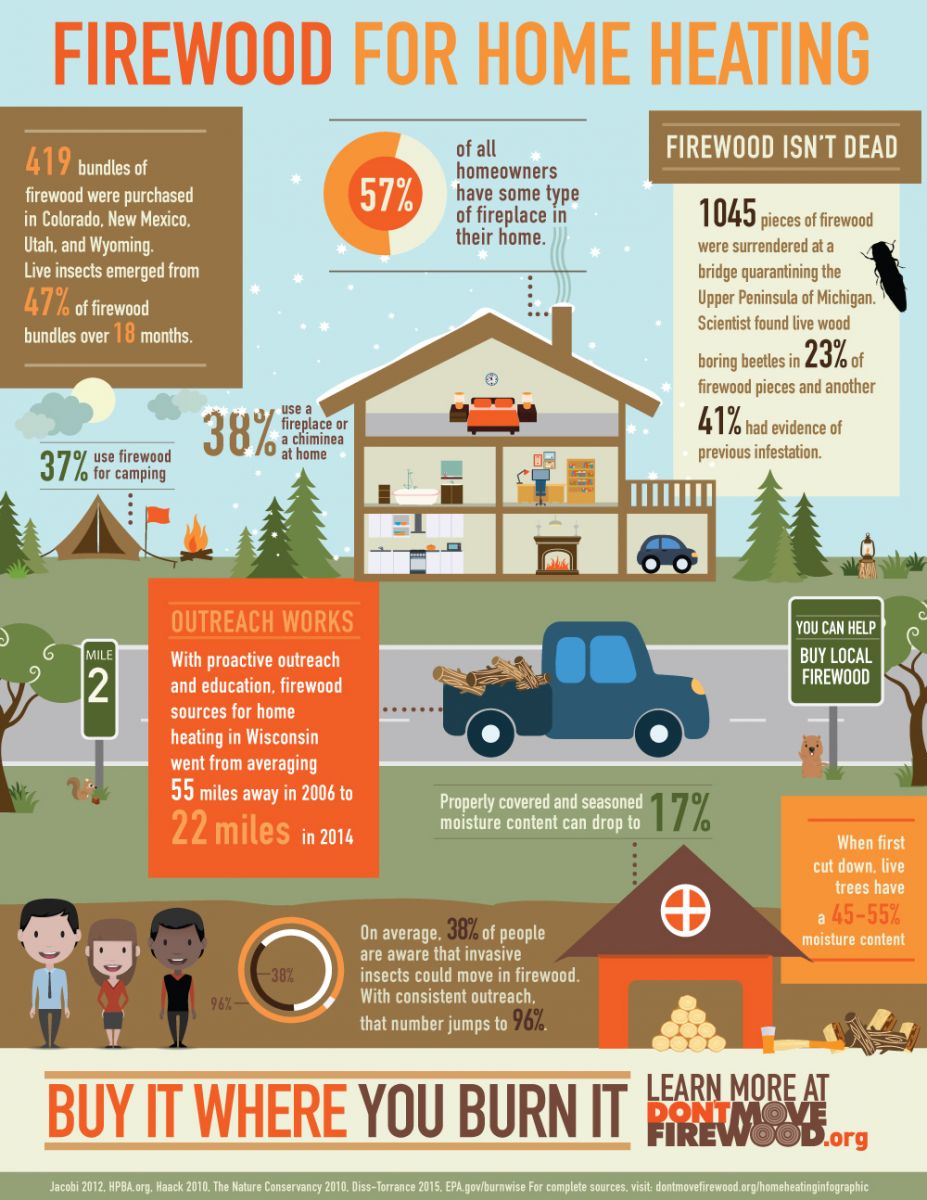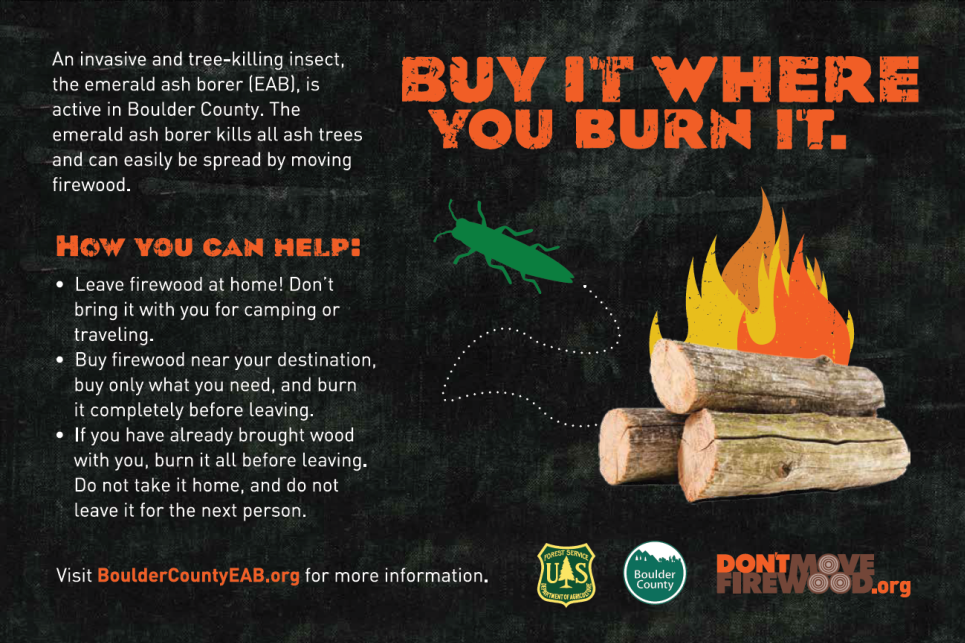Guest Blog by William David, Eagle Scout 2015, Boy Scout Troop 91, Daniel Boone Council, Asheville North Carolina
It is important for Boy and Girl Scouts to learn about invasive species. An invasive species is a living organism that is not native to the ecosystem that it is in and is causing harm there. This can be an amphibian, fish, plant, insect, fungus, or bacteria. They can harm our environment, health, and economy. Invasive species do not have to come from another country; they can cause damage when transported to a different area of the same country. Invasive species are mostly spread unintentionally by human activity. This includes movement by people or the transport of goods. Examples include boats, transport of wood products, transport of non-native plants, and release of pets. Invasive species and their introduction are a serious threat to native wildlife.
According to The National Wildlife Foundation and others, over 40% of endangered or threatened species are at risk mainly due to an invasive species. They also calculate the economic cost of invasive species at billions of dollars each year in the U.S and trillions worldwide. Invasive species often lack natural predators. They usually grow and spread quickly, and can soon take over a native area. They do this in several different ways. Invasive species directly threaten native species by preying on them, out-competing them for food, and carrying disease or preventing reproduction. Indirect threats of invasive species include changing food webs, decreasing biodiversity and changing ecosystem conditions such as soil. In our scouting activities there are many opportunities to help prevent the spread of invasives.
The most effective way to fight invasive species is to prevent their introduction. Make sure you plant plants that are native to your area or replace invasive plants with native ones. Scouts can volunteer and help plan projects to remove invasive species. There are great resources online to find out what is native in your area. There are also nurseries that only sell native plants. The Boy Scouts of America National Conservation and Environmental Task Force has provided The BSA Invasive Species Management Plan Template for use in maintaining scout properties and camps nationwide. Learn to identify the invasive pests that threaten trees in your area. There are great online and interactive resources to do this as well. Report any invasive pests seen to your county extension agent. Another very important way to prevent invasive species is to clean off “hitchhikers”. Regularly cleaning your vehicle (and its tires), boat, shoes, and outdoors gear and equipment will remove pests that can latch on and prevent their spread to new places. This is also why we should not transport fruits, vegetables, or plants when we travel.
One of the most important preventions is not to move firewood. Firewood houses invasive pests. When we move firewood, the pests can travel and invade healthy ecosystems. The estimated maximum distance firewood should be moved is ten miles. Huge damage has occurred to tree populations by pests transported in firewood. Just a few examples include the destruction of Chestnut, Ash, Walnut, and Hemlock trees.
It is also important for scouts to help educate others about invasive species and how to prevent their spread. Below are two educational posters I have made featuring The Nature Conservancy’s Don’t Move Firewood Campaign that scouts can use to educate fellow scouts and others. Please ask your Boy Scout or Girl Scout Leaders and Council to include these educational resources in their newsletters, websites, social media posts, and leader email distribution lists. Following these prevention principles is part of following our Outdoor Code and a key Scouting Principle: the commitment to Leave No Trace. For more information on Scouting conservation, visit the Scout Conservation Help Wanted facebook page.
Download & Share these posters:




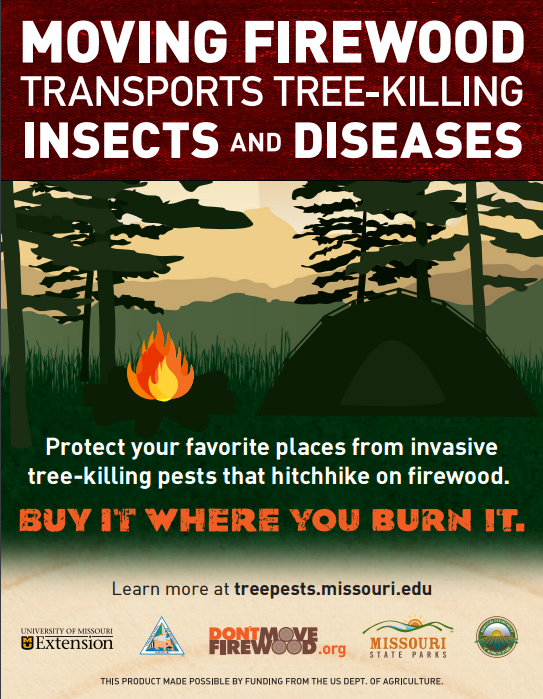
.jpg)
